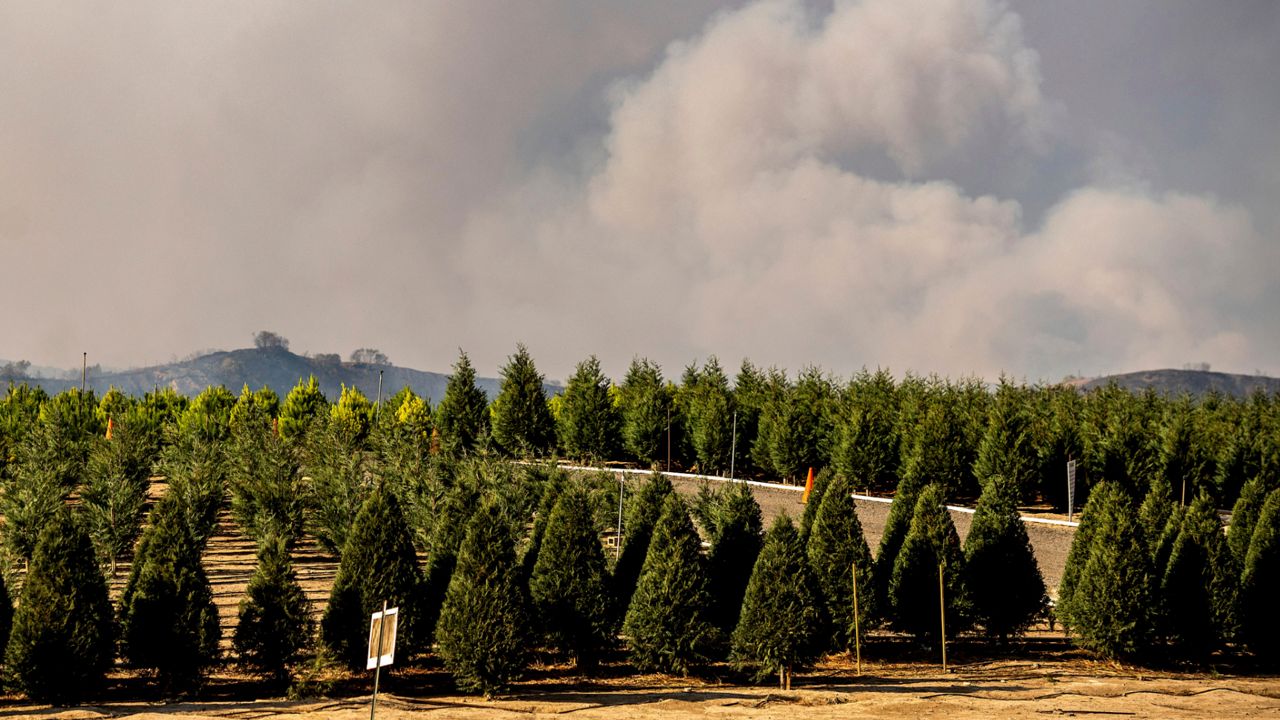As newly elected President Joe Biden gave his inauguration speech Wednesday, wind speeds in Ventura County picked up.
Added to the recent days of hot weather, Californians saw conditions ripe for fires at an unseasonable time. And two small brush fires emerged.
Wildfires are among the many environmental problems Biden will face as he crafts responses to climate change and the worsening fires in California. Experts warn that fire season is only growing longer, heightening the need for aggressive prevention efforts.
But what methods? They range from clearing out fuels that could begin a fire to actually lighting fires.
Controlled burns are closely monitored, intentionally set fires designed to clear away debris. With less dead grass and other fuel, wildfire risks go down.
It was the subject of a 2019 paper, We’re Not Doing Enough Prescribed Fire in the Western United States to Mitigate Wildfire Risk.
“The scientific literature has repeatedly reported that prescribed fire is often the most effective means of achieving such goals by reducing fuels and wildfire hazard and restoring ecological function to fire-adapted ecosystems in the United States (US) following a century of fire exclusion,” the report, written by Crystal A. Kolden, argues.
California has been reluctant to embrace controlled burns, instead bulking up its firefighting budget and adding emergency infusions as needed.
According to the Legislative Analyst’s Office, $2.1 billion of the CalFire budget was for wildfire response. The state anticipates an additional $1.3 billion in emergency spending.
“The bigger issue here is for a lot of the kind of property damage and damage to life, it’s like a culturally unsustainable practice to live in these areas,” said Sal Zarate, a UCI associate professor of anthropology. “As long as people live out there, we’re going to have to invest money in protecting those areas. And that’s a burden on everyone's shoulders, not just the people who live there.”
But relocating isn’t always an option, and in Orange County, controlled burns aren’t either. Zarate has been involved with the county to bolster a weed abatement program to protect vulnerable areas in the county. He has a weed abatement study slated for March in which he’ll be alongside workers in area canyons creating fire breaks. The program is funded by a $12,000 grant from the Haynes Foundation.
“In Orange County there’s no such thing as a controlled burn,” he said. “In Orange County, the houses are built into the forests.”
The programs are often executed by Latino workers, Zarate said, annually carrying out an essential task. Zarate’s father was part of this unheralded workforce. He said his father’s landscaping company was contracted annually to spend several months clearing weeds.
“He protected the county for decades. Of course he wasn’t a firefighter or with the fire authority,” Zarate said. “But he was appreciated within OCFA [Orange County Fire Authority].”



